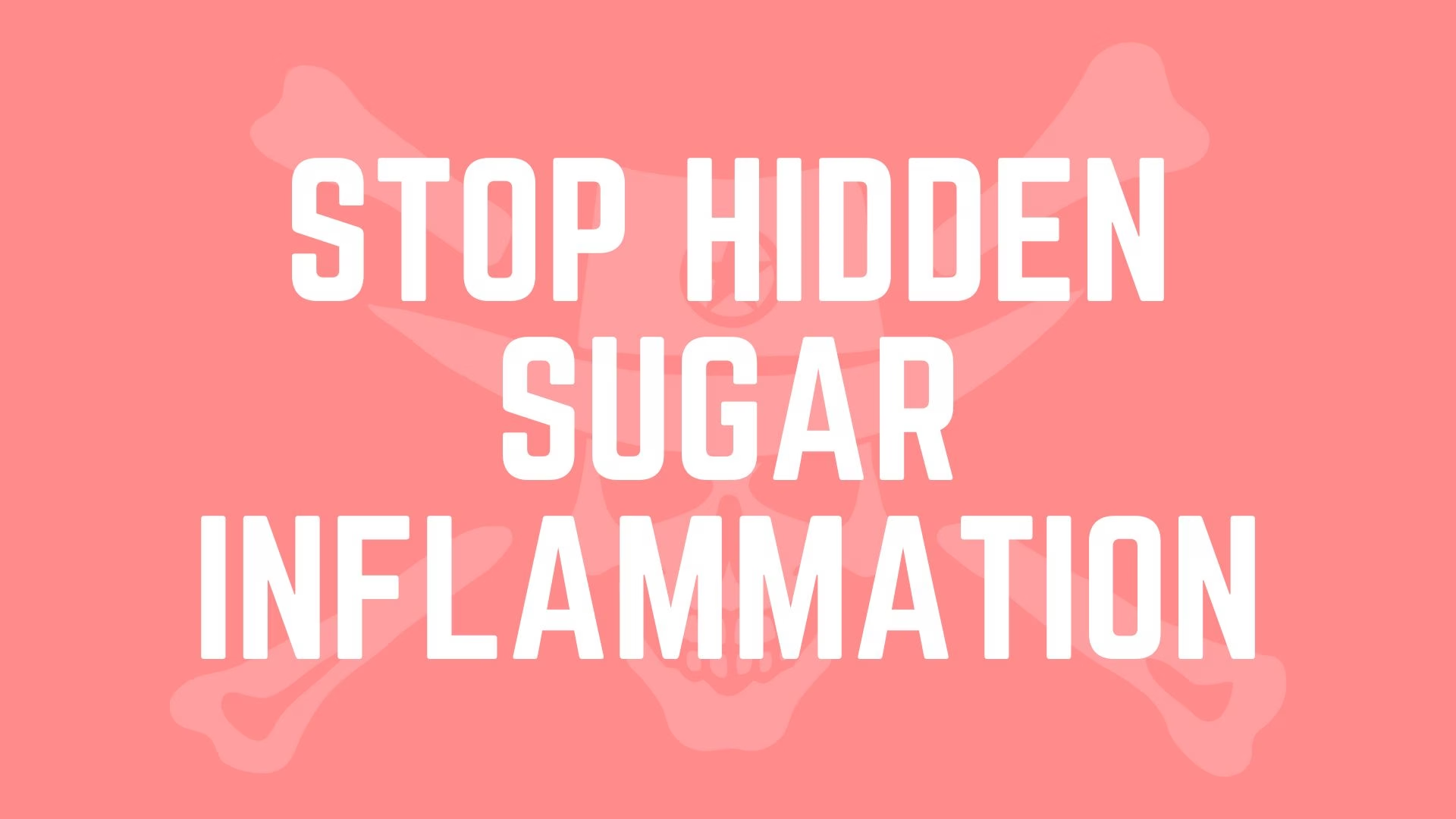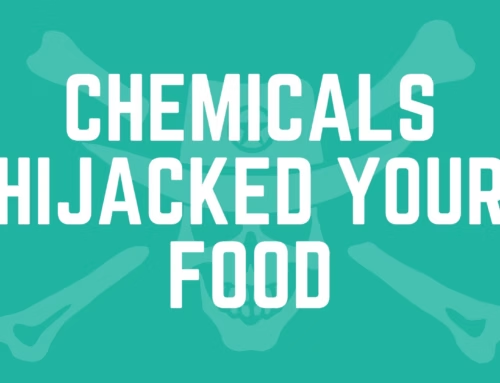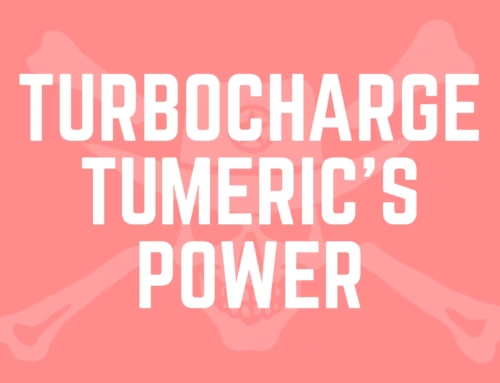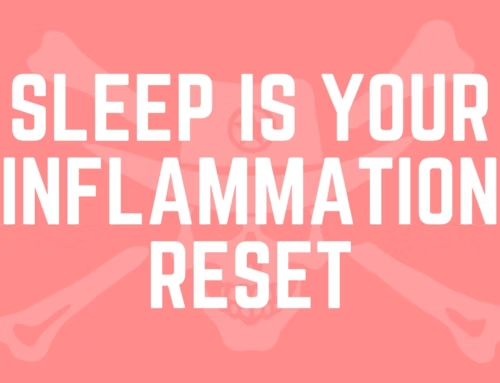The Hidden Dangers of Refined Sugars on Your Immune System
Why Refined Sugar Hurts
When you consume refined sugars—sucrose, high-fructose corn syrup, dextrose—you bypass the natural “brakes” (fiber, protein, and fat) that slow carbohydrate absorption in whole foods. As a result, blood glucose can surge by 30–50% within 20–30 minutes, forcing the pancreas to secrete large amounts of insulin. Over weeks and months, these repeated insulin spikes:
- Drive insulin resistance: Cells downregulate insulin receptors to protect themselves, requiring ever-higher insulin levels to clear glucose.
- Promote de novo lipogenesis: Excess glucose is converted to triglycerides in the liver, contributing to non-alcoholic fatty liver disease and dyslipidemia.
- Trigger chronic inflammation: Hyperinsulinemia activates the NF-κB pathway in immune cells, increasing production of pro-inflammatory cytokines (TNF-α, IL-6) even in the absence of infection.
- Impair endothelial function: Acute glucose spikes reduce nitric oxide availability, leading to transient blood-vessel dysfunction and higher blood pressure.
Study Spotlight: In a controlled trial, participants consuming 75 g of sucrose (about one 12-oz soda) experienced a 25% rise in C-reactive protein (CRP) and IL-6 within two hours, compared to those given a non-nutritive sweetener. Another meta-analysis linked each 10% increase in daily calories from added sugar to a 11% greater risk of death from cardiovascular disease.
Beyond inflammation, sustained high sugar intake:
- Disrupts appetite regulation by blunting leptin signaling, promoting overeating.
- Alters gut microbiome composition—favoring sugar-loving pathogens that further exacerbate systemic inflammation.
- Accelerates advanced glycation end product (AGE) formation, stiffening blood vessels and joint tissues over time.
Inflammatory Mechanisms in Depth
- Glycation & AGEs:
Excess glucose binds to proteins, forming advanced glycation end products (AGEs). AGEs stiffen collagen in blood vessels and joints and activate RAGE receptors on immune cells, driving NF-κB and production of TNF-α and IL-1β. Diabetic patients show AGE levels 2–3× higher than healthy controls, correlating with vascular inflammation. - Insulin & mTOR Activation:
Chronic hyperinsulinemia stimulates the mTOR pathway—central to cell growth and metabolism—but also suppresses autophagy (cellular cleanup). Impaired autophagy allows accumulation of damaged organelles and pro-inflammatory signals. - Oxidative Stress:
Rapid sugar metabolism increases reactive oxygen species (ROS) in mitochondria. Elevated ROS directly damage DNA and lipids, and amplify cytokine production. In animal models, high-sugar diets double ROS levels in liver tissue within weeks. - Gut Dysbiosis:
Refined sugars fuel growth of pathogenic bacteria and yeast (e.g., Candida albicans), reducing beneficial Bifidobacteria by up to 40%. This imbalance increases intestinal permeability (“leaky gut”), letting LPS endotoxin into circulation and triggering systemic inflammation.
Hidden Sources of Sugar (and Why It Matters)
You might think grabbing granola or a “healthy” protein bar is a good choice—until you see the sugar math. Check these everyday items:
- Sauces & Condiments:
• Ketchup: ≈ 4 g sugar per tbsp (one packet = 8 g)
• Barbecue & teriyaki sauces: 8–12 g per 2 tbsp
• “Light” dressings/jarred marinades: 3–6 g per serving
Impact: Two tablespoons of BBQ sauce on your chicken can add as much sugar as half a candy bar—spiking blood glucose without fiber or protein to slow it. - Breads & Grains:
• “Whole wheat” sandwich loaf: 3–5 g sugar per slice
• Breakfast cereals (“high-fiber” brands): 5–10 g per cup
• Flavored oatmeal packets or granola: 10–15 g per serving
Impact: A single bowl of cereal plus a slice of toast can deliver 15–20 g sugar—more than a small soda—before you even add jam or milk. - Dairy & Alternatives:
• Flavored yogurt: 15–20 g per 6 oz cup
• Sweetened plant milks: 8–12 g per cup
• Ice cream/frozen yogurt: 18–28 g per ½ cup
Impact: Your “protein snack” yogurt may have as much sugar as a candy bar, without the live cultures or protein punch of plain Greek yogurt. - Snacks & Bars:
• Granola & protein bars: 10–15 g sugar each
• Trail mix with candy pieces: 8–12 g per handful
• Flavored nuts & seeds: 6–8 g per ounce
Impact: A “healthy” bar and coffee mid-morning can pack 20 g sugar—add a latte and you’re over 30 g before lunch. - Beverages:
• Soda/energy drinks: 30–40 g per 12 oz can
• Sweet tea/fruit juice: 20–30 g per 12 oz
• Bottled smoothies/coffee drinks: 25–35 g per bottle
Impact: Two sweetened drinks a day can easily exceed the American Heart Association’s maximum added sugar recommendation of 25 g for women and 36 g for men. - “Natural” Sweeteners & Add-Ins:
• Agave nectar, brown rice syrup: 4–5 g per tsp
• Fruit juice concentrates: 7–10 g per tbsp
Impact: These “healthier” alternatives behave just like sugar in your body—no fiber, no nutrients—yet often sneak into “natural” or “organic” labeled foods.
Label-reading tip: If you see multiple sugars (sucrose, maltodextrin, dextrose) or syrups in the first five ingredients, it’s a high-sugar product. Aim for ≤ 5 g added sugar per serving—or zero whenever possible.
Sneaky Names on Labels
- Fructose – The sugar naturally found in fruit, but when added on its own it spikes blood sugar just like table sugar.
- High-Fructose Corn Syrup – A cheap, liquid sweetener made from corn starch. It’s in sodas, sauces, and many processed snacks, driving rapid sugar absorption.
- Maltodextrin – A starch-derived powder often used as a thickener or filler. It tastes mild but raises blood glucose faster than table sugar.
- Dextrose – Pure glucose in crystal form. It’s essentially “straight sugar” and appears in energy drinks, protein powders, and baked goods.
- Cane Juice (Evaporated/Crystals) – Marketed as “natural,” but it’s just sugar cane syrup dried into crystals. It behaves identically to white sugar in your body.
- Glucose Solids – Concentrated glucose powder used to add bulk and sweetness—check labels, because every gram counts toward your sugar total.
In plain English: if you see any of these on the first few lines of the ingredient list, you’re consuming added sugar—even if the word “sugar” isn’t spelled out. Always flip to the nutrition facts panel and look at “Total Sugars” and “Added Sugars” in grams. Aim for products with under 5 g of added sugar per serving, or ideally zero.
Smart Sugar Swaps (Plus Why They’re Healthier)
- Fizz Instead of Soda:
Swap a 12 oz soda (≈ 39 g sugar) for sparkling water with:
– A splash (1–2 tbsp) 100% fruit juice (≈ 5–10 g sugar) or
– A few drops of liquid stevia (0 g sugar).
Bonus: Sparkling water keeps you hydrated and avoids the acidity and phosphates in sodas that can harm dental enamel. - Yogurt Upgrade:
Choose plain Greek yogurt (0 g added sugar, 15–20 g protein per cup) and stir in:
– Fresh berries (5–7 g sugar) or
– A teaspoon of raw honey (≈ 5 g sugar).
Bonus: You get probiotics for gut health, extra protein for satiety, and antioxidants from berries. - Smart Baking:
In muffins or cookies, reduce sugar by 25–50% and replace the rest with:
– Mashed banana (≈ 6 g sugar per ½ banana) or
– Unsweetened applesauce (≈ 4 g sugar per ¼ cup).
Bonus: Added fiber slows absorption, and fruit adds micronutrients like potassium and vitamin C. - Nut-Based Snacks:
Swap granola bars (10–15 g sugar) for homemade trail mix:
– ¼ cup raw nuts (0 g sugar, healthy fats, protein)
– 1 tbsp seeds (0 g sugar, minerals)
– 5 dark chocolate chips (≈ 2 g sugar).
Bonus: Balanced macros (fats, protein, fiber) keep blood sugar steady and curb cravings. - Flavor Boosters:
Use aromatic, zero-sugar add-ins instead of syrups:
– Ground cinnamon (helps regulate blood sugar)
– Pure vanilla extract (0 g sugar)
– Citrus zest (vitamin C, bright flavor).
Bonus: These spices and extracts can improve insulin sensitivity and add antioxidants without calories.
Practical Tips for Sugar Control
- Read Nutrition Labels: Aim for products with ≤ 5 g total sugar per serving and no more than 1–2 g added sugar.
- Balance Your Plate: Always pair carbs with protein, healthy fat, and fiber to blunt blood-sugar spikes.
- Hydration First: Dehydration can trigger sugar cravings—drink a glass of water before reaching for sweets.
- Timing Matters: Limit desserts to right after meals, when insulin response is more efficient and less inflammatory.
- Plan Ahead: Keep healthy snacks on hand—hard-boiled eggs, cheese sticks, nuts—to avoid grabbing sugary convenience items.
FAQ
- How much added sugar is too much?
The American Heart Association recommends no more than 25 g (6 tsp) of added sugar per day for women and 36 g (9 tsp) for men—exceeding these levels regularly drives chronic inflammation and metabolic risk. - Are “natural” sweeteners like honey or maple syrup any better?
They still deliver free sugars without the fiber of whole fruit. Treat them like table sugar (≈ 5 g per tsp) and use sparingly to avoid blood-sugar spikes and inflammatory effects. - Does fruit count as “sugar”?
Whole fruits contain fructose, fiber, water, and phytonutrients that slow absorption and blunt glucose spikes. Aim for 2–3 servings of whole fruit daily rather than juices or concentrates. - Can I use artificial sweeteners instead?
Non-nutritive sweeteners (stevia, erythritol, monk fruit) don’t raise blood sugar directly, but may influence gut bacteria or appetite cues. Use them judiciously and prioritize water or naturally flavored drinks. - How do I reset my palate for less sweetness?
Cut added sugar by 10–20% in recipes each week. Within 2–4 weeks, your taste buds adapt, making lower-sugar foods taste satisfyingly sweet without triggering inflammation.
Conclusion
Hidden sugars lurk in many “everywhere” foods, quietly driving blood-sugar spikes, chronic inflammation, and metabolic dysfunction. By learning to spot sneaky sugar sources—and swapping in lower-sugar, nutrient-dense alternatives—you’ll stabilize energy, support your immune system, and reduce long-term disease risk. Start by reading labels, choosing whole foods over processed options, and gradually retraining your palate for less sweetness. Small changes today lead to big health gains tomorrow.
Disclaimer
This article is for educational purposes only and does not constitute medical advice. Always consult a qualified healthcare professional before making significant changes to your diet, especially if you have pre-existing conditions or are on medications.





